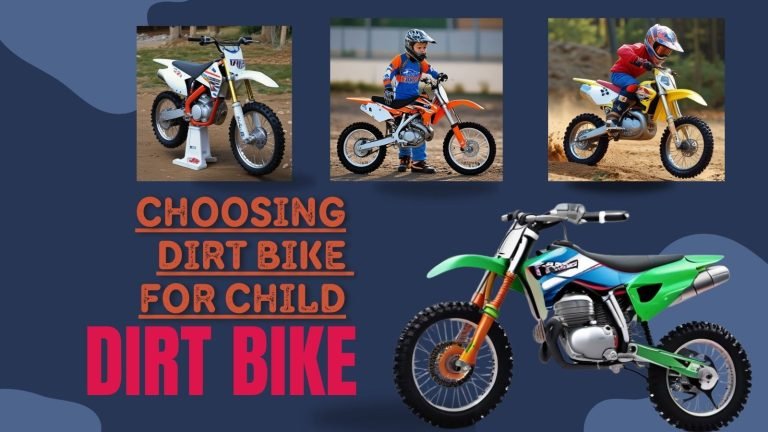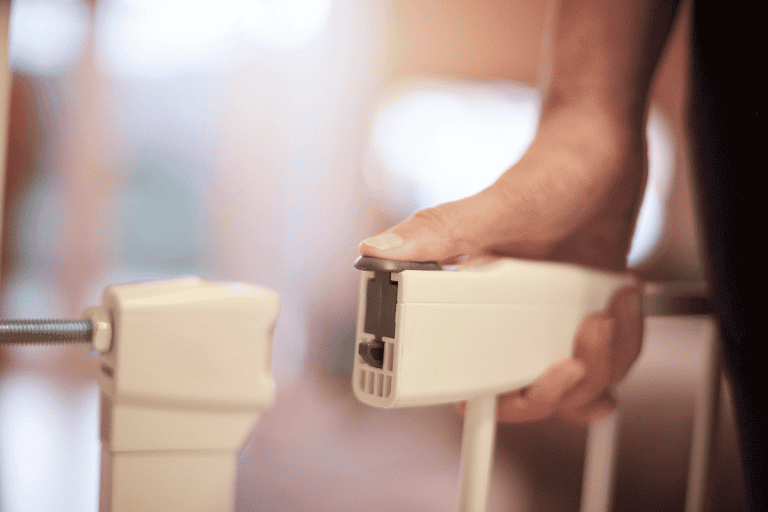Essential Guide: How to Teach Your Child to Ride a Motorcycle Safely in 2025
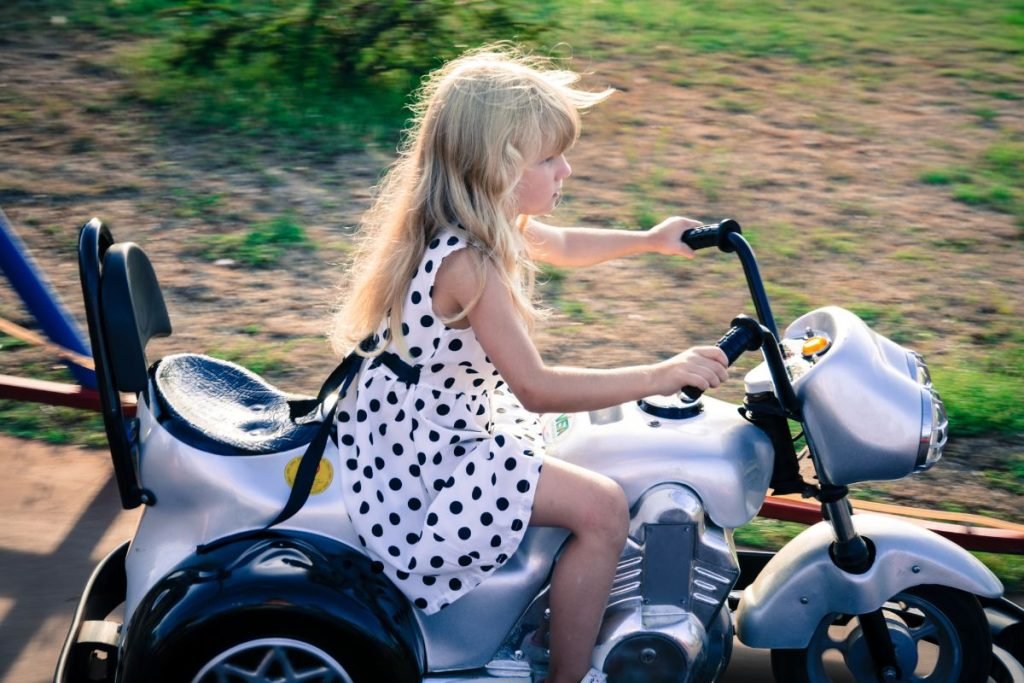
Are you interested in teaching your child to ride a motorcycle safely? Keeping your child safe while they learn to ride a bike is just as important as watching them gain independence on two wheels.
In this blog post, you’ll learn how to teach motorcycle basics, prioritize safety gear, build skills gradually, and supervise your kid to ride and progress.
With the right preparation and patience, your child can safely experience the thrill and freedom of motorcycle riding. Please stick with me to the end; you’ll have all the tools to teach your kid to ride smart from the start.
Key Takeaway – How to Teach Your Child to Ride a Motorcycle
- Properly size the motorcycle so the child can touch the ground seated for control and balance. Use starter bikes with low seats and light frames.
- Invest in safety gear like snug helmets, knee/elbow pads, gloves, and ankle boots to prevent injury.
- Teach basics first in safe areas: balancing, starting, stopping, and steering at low speeds, allowing gradual skill building.
- Enroll the child in a formal training course from a qualified instructor for structured guidance on control, shifting gears, braking, and turning.
Why Teaching Motorcycle Safety is Important
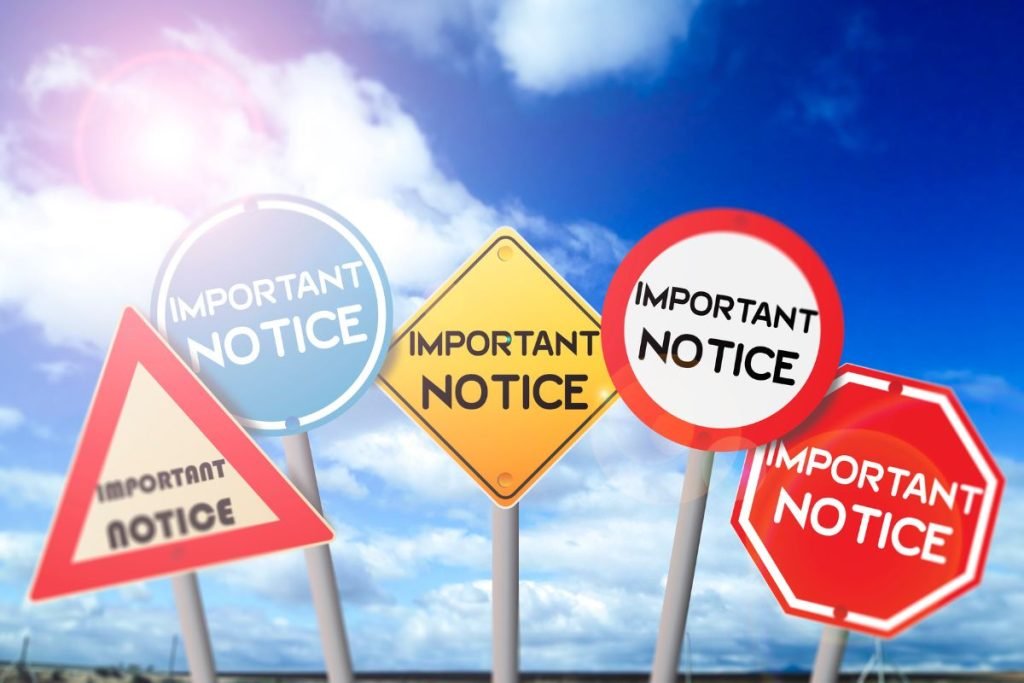
Reduces Accident Risk
Your child needs to learn how to ride a motorcycle safely as this skill can save their life. Proper training and protective gear reduce their risk of crashing and getting injured, especially as they start riding their motorcycles at higher speeds.
By teaching essential skills like braking, throttle control, and balance, you equip your kid with the right equipment and the tools they need to prevent accidents on the bike. Investing the time upfront prevents dangerous riding habits before they ever form.
If you’re unsure which type of beginner motorcycle is best for your child, check out our guide on Electric vs Gas Kids Motorcycles.
Promotes Maturity and Responsibility
Teaching a child to ride smart instills values like maturity and responsibility. They learn to make safe choices, follow rules, and develop skills gradually. Riding requires focus, awareness, and good judgment.
As your kid masters these abilities on a motorcycle or dirt bike, they gain life lessons that build character. You’ll allow them to earn independence and freedom while ensuring they have the discipline to handle it.
Special Bonding Experience
Sharing your knowledge about motorcycles can create special moments between parents and children. Riding together can strengthen the bond and trust between them.
You’ll feel proud and rewarded as your son or daughter gains confidence on the bike. Passing on your son a passion for motorcycles is a gift. By teaching them young with patience and care, you establish a foundation for a fun, lifelong hobby you both can enjoy.
Getting Started
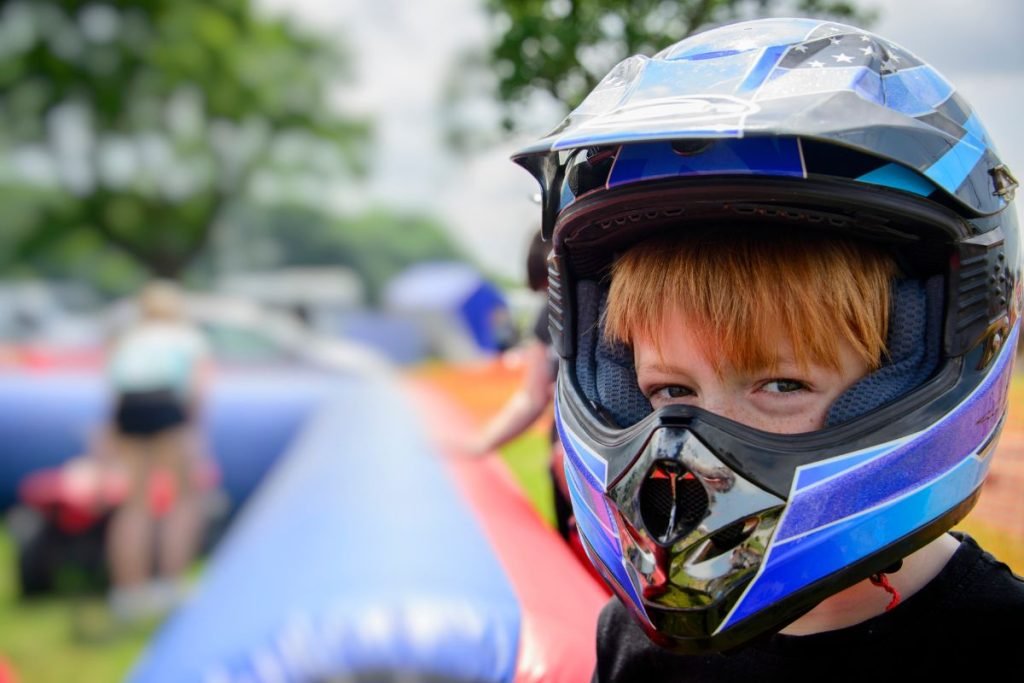
Gauging Your Child’s Interest
It’s important to assess your child’s level of interest and readiness before teaching them how to ride a motorcycle. They should be mature enough to focus on their bike and follow safety rules.
If they’re enthusiastic and committed, they’ll be more motivated to acquire the proper skills. Allow your child to sit on bikes to understand how it feels, and only proceed at their own pace.
Forcing them to move too quickly can result in bad habits or fear. Look for indications of readiness, such as paying close attention, asking questions, and willingly wearing safety gear. It’s also a great time to explore tips on Start Dirt Biking for Kids to ensure you’re both ready for this adventure.
Properly Sizing the Motorcycle
Selecting an appropriately sized bike for your child is important, as this will help them learn the proper techniques and control. The child’s feet should be able to touch the ground while seated, allowing them to balance at stops.
Starter bikes are designed with low seats and light frames, making them ideal for new riders. It is best to avoid bikes that are too tall or heavy for your child to manage.
Take the time to ensure that your child feels comfortable controlling the bike, as a proper fit will increase their confidence and reduce the risk of crashes during the learning process.
Investing in Quality Safety Gear
High-quality safety gear is essential to minimize the risk of injury and fears for your child. When buying safety gear, looking for a helmet that fits snugly, offers full face protection, and meets safety standards is important.
Also, choose elbow and knee pads that allow free movement and gloves that improve grip and protect hands. Sturdy boots with ankle support are also essential for ensuring safety.
Ill-fitting gear can be unsafe and uncomfortable, which can cause a loss of confidence. Investing in proper safety gear shows your commitment to your child’s bike’s safety while riding.
Considering a Safety Course
Formal training is essential for new riders who often miss critical skills and safe practices when learning alone. By enrolling in a motorcycle riding course, your child will receive structured guidance from a qualified instructor who will supervise and provide feedback in a safe setting.
These courses cover the basics, such as controlling the motorcycle, shifting gears, braking, turning, and maintaining speed. Some courses may even include obstacles or simulate real-world riding to prepare your child for different situations.
Investing in formal training will bring peace of mind, knowing your child has a solid foundation of skills and knowledge to ride safely.
Teaching Techniques
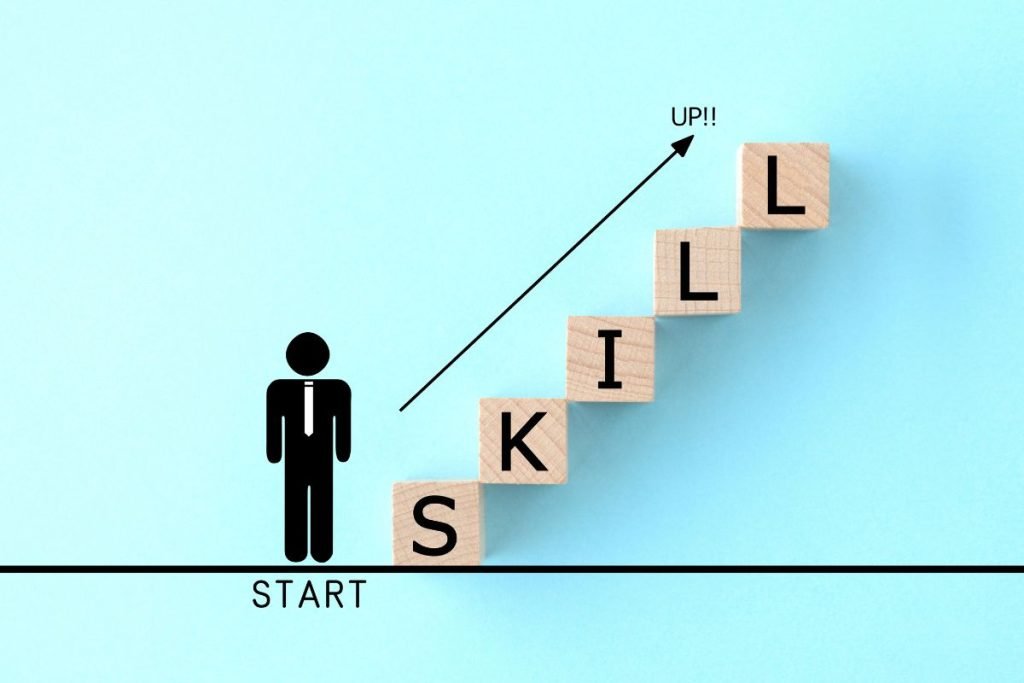
Start with motorcycle basics
Focusing on the basics to build skills gradually is important during the first day of the initial motorcycle training sessions. Start by teaching how to mount the motorcycle, find the balance point, and execute smooth dismounts.
Have them practice rolling on a flat surface while you walk alongside to guide them. Show them how to use the throttle, brake, and clutch properly. Work on starting, stopping, and controlling speed in straight lines without stalling.
Cover basic steering and turning at low speeds. Practice smooth braking so that they can learn control. By mastering the fundamentals in a safe area, they will gain the confidence to progress.
Progress Slowly While Building Skills
It’s important to avoid rapidly accelerating to higher speeds or attempting advanced skills when teaching your child to ride. Instead, start with controlled sessions and have children gradually build up their abilities to prevent becoming overwhelmed or crashing.
Introduce new skills, such as shifting gears or cornering, one at a time and only after mastering each. As you take new riders and challenge their abilities, keep an eye on their technique and readiness for more.
Pushing too far too fast can lead to frustration and the development of bad habits. By progressing at a smart and gradual pace, your child will enjoy riding and feel rewarded for their progress.
Assess Skill Level Frequently
Regularly assessing your child’s comfort level with their current skills is important before determining the best next lesson. Observe their mastery and commitment before introducing new challenges.
Adjust the next skill in pace and difficulty to prevent boredom or anxiety. Smaller refinements in their learning process will help keep their advancement steady.
You should ask for their feedback and watch their body language for any signs of discomfort or enthusiasm. By tuning into their abilities, you can personalize an optimal path for their growth.
Road Safety
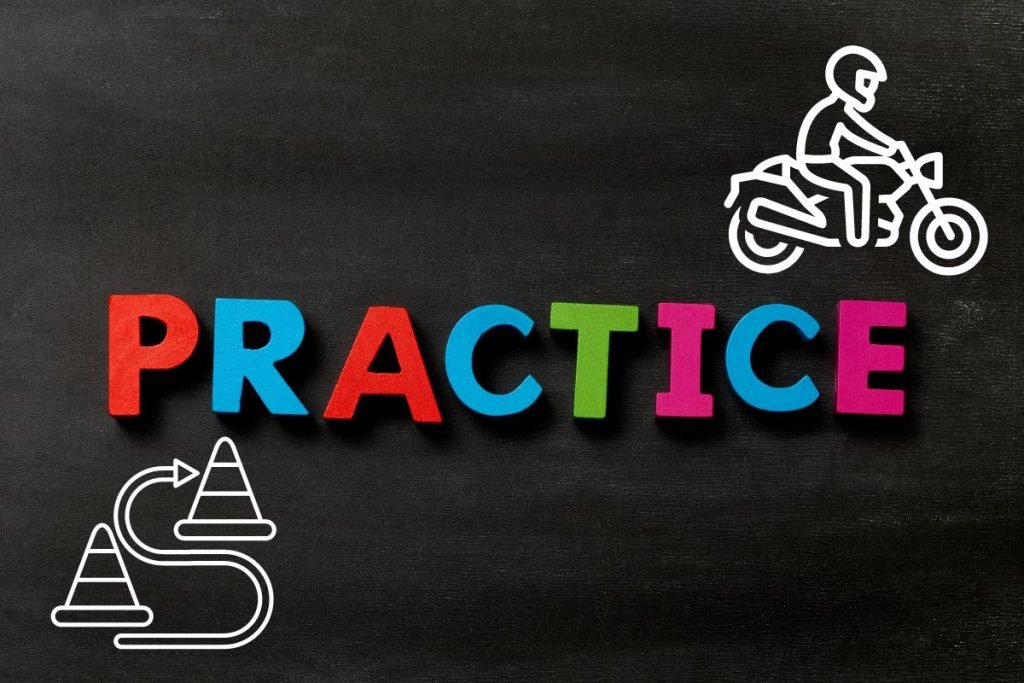
Additional Visibility Gear
When your child is riding on roads, it’s important to take extra safety measures to ensure they are visible to other drivers.
Brightly colored helmets and riding jackets can help them stand out, and adding reflective tape to their bike in key areas can make them even more visible, particularly at intersections or in low-light conditions.
Prioritizing high visibility and other safety tips and gear is important when venturing your kid on public roads for the first time. For a deeper dive into protective tips and gear, check out our full resource on Kids Dirt Biking Safety. Remember, being seen reduces the risk of accidents .
Understanding License Restrictions
It’s important to check your state’s motorcycle license and permit age limits. Some states allow individuals as young as 14 to obtain restricted licenses with the requirement of adult supervision.
Ensure your child is aware of any restrictions, such as engine size or night riding, and follow them closely to ensure legal and safe riding. Parents, consider providing your child with additional training to help them pass the written and riding tests when they are old enough.
Choosing Safe Practice Areas
Finding low-traffic areas such as empty parking lots, wide cul-de-sacs, or dirt fields is best to practice fundamental driving skills on public roads. Such areas are free of distractions and let you focus on your practice.
While looking for the right practice setting, ensure the pavement is smooth and debris-free. Also, check for access barriers that may block escaping fast traffic. Choosing the right practice setting ensures a safe learning environment and helps to gain experience.
Supervising Initial Rides
When your child starts driving, it’s important to directly supervise them as they ride on public roads, even if they’re already licensed. You can follow behind them to observe their behavior and technique.
Provide ongoing feedback, tips, and encouragement, and enforce safe habits and traffic rules. Keeping your eyes on them will help keep them safe while they build their skills and experience. As they demonstrate good judgment, you can slowly allow them more independence.
Summary
Teaching your child to ride a motorcycle safely requires a step-by-step approach to prioritizing safety over fun. Start with the proper gear, formal training, and building fundamental skills in controlled settings.
Slowly advance skills while closely supervising real-world rides. You can instill safe techniques and judgment with patience, a thoughtful focus on protective equipment, and gradual skill development.
Proper instruction prevents accidents and sets up a lifetime of responsible riding enjoyment.
Frequently Asked Questions
What Protective Gear Does My Child Need to Ride Safely?
Start with a DOT-certified crash helmet in the right size, plus sturdy boots, gloves, pants, jersey, and elbow/knee pads. Prioritize shields for the chest, back & shins too. Gear up properly to give them the confidence to try new skills.
How Can I Find a Safe Practice Area for My Child to Learn Riding?
To practice bike control, seek out flat, spacious places without traffic, like empty parking lots or fields. For trail riding, look for local OHV parks with kid and beginner sections marked for gradual skill building.
What age is best for teaching my child to ride a motorcycle?
To develop coordination, begin with push balance bikes as early as 2-3 years old. Pedal bikes can start at ages 3-4 in safe spaces. Properly fitted dirt bikes are great confidence builders for trails starting ages 6-7 with constant one-on-one guidance.
What kind of motorcycle is Safe for a beginner child rider?
Mini electric and 50cc models with automatic transmissions, training wheels, and speed limiters let young novices under 10 focus on balance without shifting. Smaller bikes grow skill sets safely.
Should I Enroll My Child in a Motorcycle Safety Course?
Look for a reputable rider training program catered to kids for their age/skill level. Hands-on coaching accelerates skill building with professional supervision to promote lifelong, responsible riding.
